archive
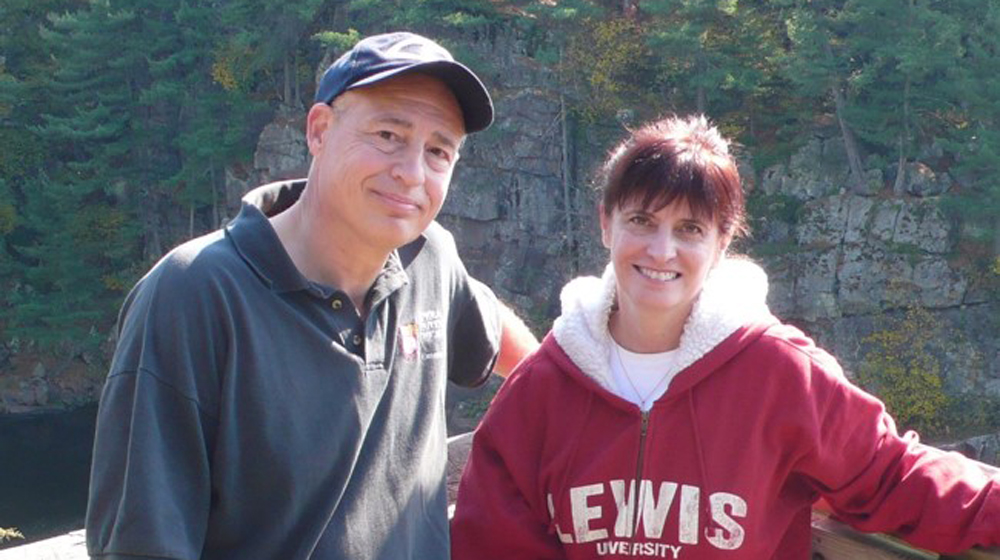
"Civil War Chicago: Eyewitness to History" on October 20th
Professor of History Theodore J. Karamanski, PhD and Loyola alumna Eileen M. McMahon, PhD, will discuss their new book on the Civil War’s transformative role in Chicago's development.
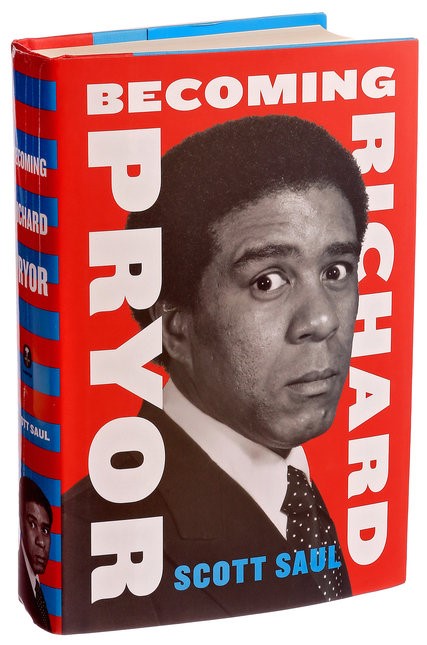
Richard Pryor Biographer to Speak at Loyola
Scott Saul, the author of Becoming Richard Pryor, will give a public lecture on the comedian entitled "Living with Richard Pryor: A Biographer's Tale" on Friday, April 24 at 3 PM.
Timothy Gilfoyle on "The Changing Forms of History"
Should history be a book discipline? What constitutes "acceptable scholarship" in history? Professor Timothy Gilfoyle considers the rich and diverse forms that historical scholarship take from books, digital media, and public history projects in his article "The Changing Forms of History" in April's edition of Perspectives on History, the AHA newsmagazine.

"The Rise of the Nation-Saint" on November 5th
Prof. Kathleen Sprows Cummings, University of Notre Dame, discusses a pre-circulated paper on the efforts of U.S. Catholics to secure their first canonized saint for the third meeting of the 2015-2016 Ramonat Seminar Series.
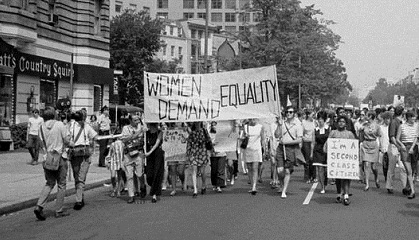
Voices of Chicago Women Activists
Celebrate Women's History Month with the Women & Leadership Archives and the Chicago Area Women's History Council. Come hear multimedia excerpts of oral histories by Columbia College honors students featuring Chicago women activists and leaders. The event will be held on Sunday, March 16th from 2:00pm-5:00pm on the 1st floor of Piper Hall.

What was Chrysler Village and how did it get its name?
Public History graduate students know and shared their work on a historic nomination for the neighborhood with Ask Geoffrey on WTTW the other night.
LEARN MORE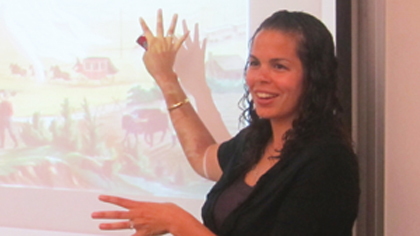
Closing the Gap
Sarah Doherty (PhD '12) reflects on the importance of the Preparing Future Faculty Program in equipping her, and other minority doctoral students, with the skills necessary for a career in academia.
LEARN MOREUndergraduate History Major Curates Fashion Exhibit at the Cuneo Mansion and Gardens
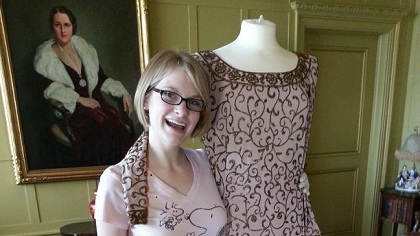
Loyola University Chicago's Cuneo Mansion and Gardens presents an exhibition of period clothing, The Ladies of Cuneo: The Martha Weathered Fashion Collection, from May 12 through September 8. The exhibition explores the life and career of Martha Weathered, one of Chicago's most luxurious fashion importers, whose shop opened on Michigan Avenue in 1922 and operated until 1971.
Emilie Stallman, an undergraduate history major at Loyola University Chicago, tells us a little more about the exhibit in addition to sharing her experiences single-handedly curating this exhibit.
"The exhibition explores the life and legacy of the Chicago fashion importer, Martha Weathered, and the clothing that was worn by the two women who lived in the Cuneo Mansion, Julia Shepard Cuneo and Josephine Shepard. I hoped to both illustrate the development of the fashion industry from the 1940s to the 1960s and also put the clothes in the Cuneo collection into the historical context of this period. I was especially interested in the rationing of textiles during World War II and how the garments of the 1950s and 1960s were such a radical departure from the Utility Fashions of the 1940s. This exhibit reevaluates 1960s fashion; it shows that the emergence of youth culture affected fashion more profoundly than the sexual revolution or hippie counterculture.
I saw this exhibit as an opportunity to tap into the popularity of television shows such as Downton Abbey and Mad Men by displaying garments that the women depicted in these shows actually wore. The Cuneo Mansion and Gardens mirrors the grand, opulent setting of Downton Abbey mixed with the entrepreneurial vibe of 1960s Mad Men.
My favorite aspect about working at the Cuneo Mansion and Gardens was analyzing fashion through a historian’s lens. Placing these clothes in historical context was fascinating. I also loved digging around the closets at Cuneo because I would open a box only to discover an exquisite dress I had no idea was there."
For more information on the The Ladies of Cuneo: The Martha Weathered Fashion Collection visit the Cuneo Mansion and Gardens website.
